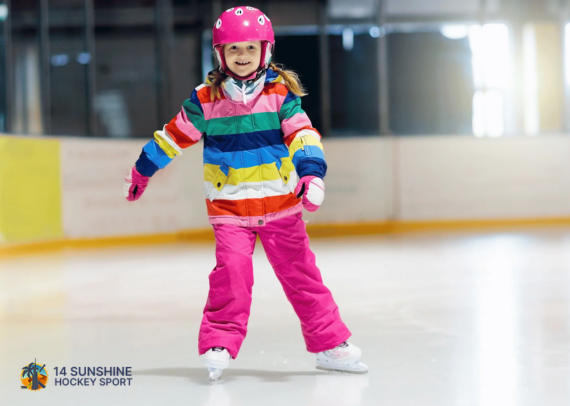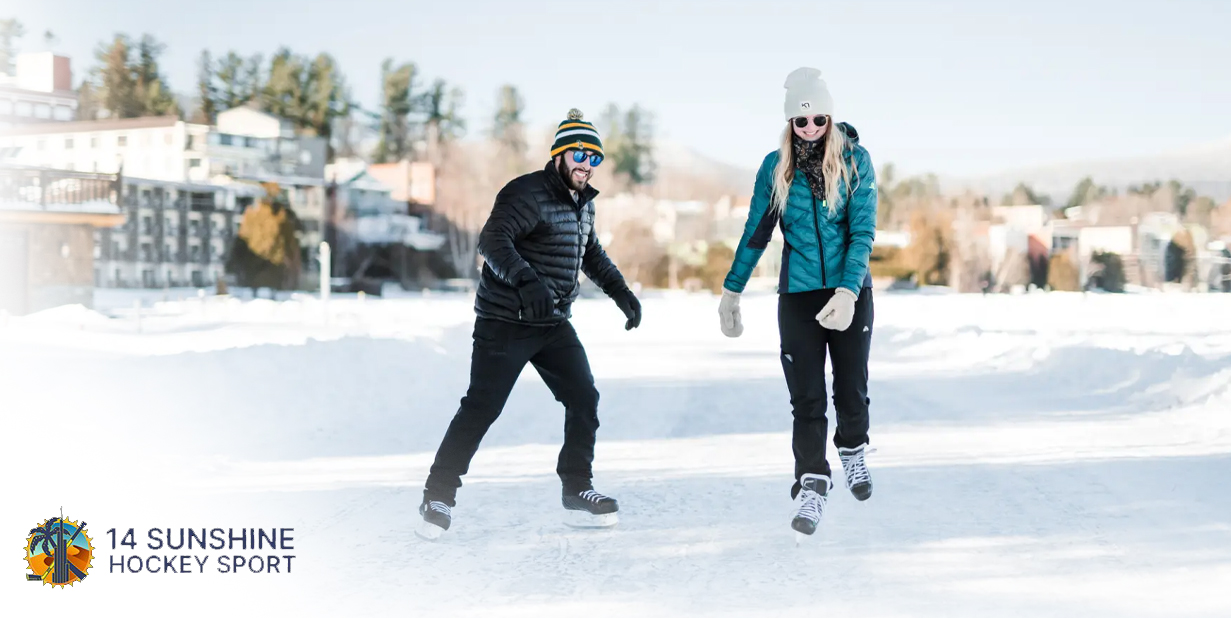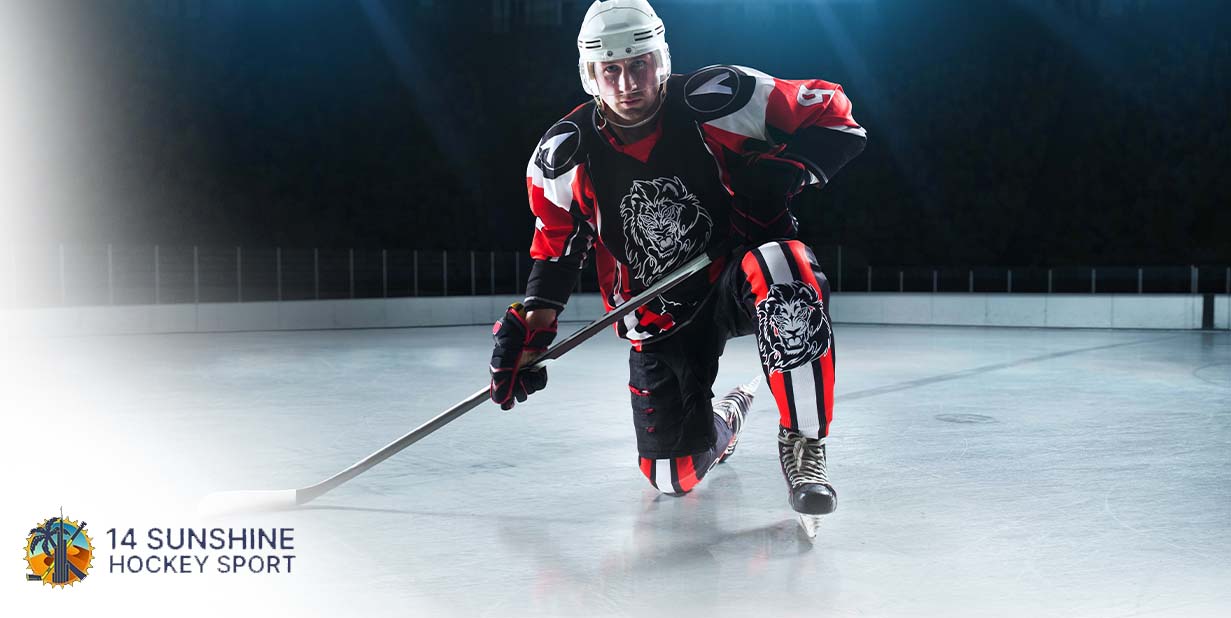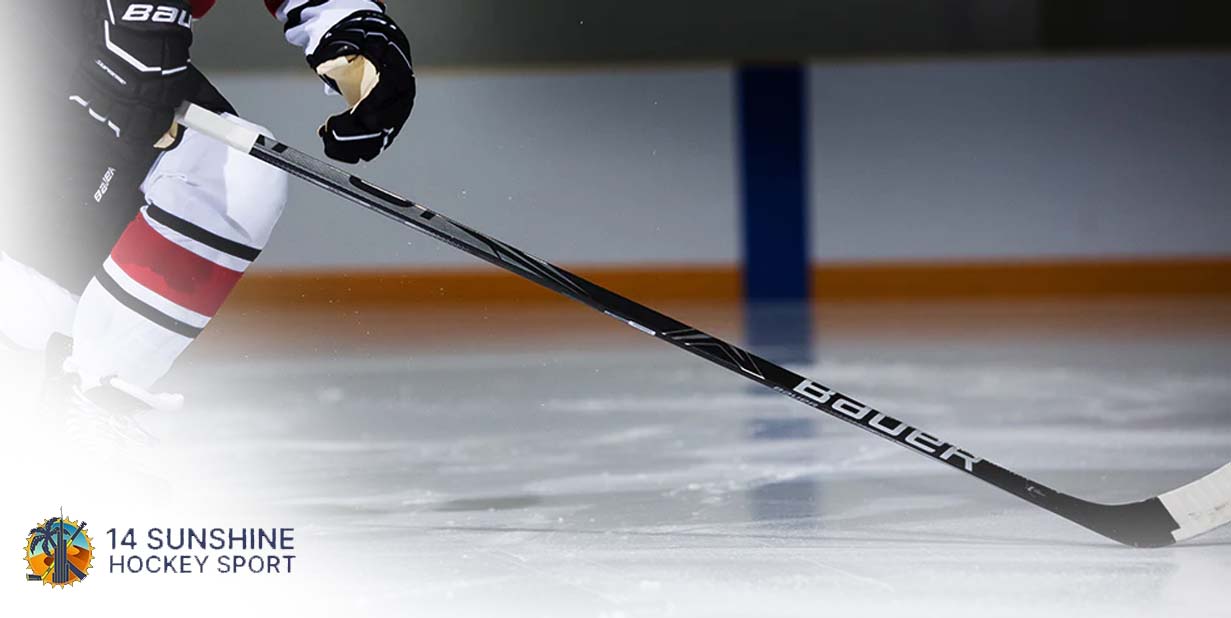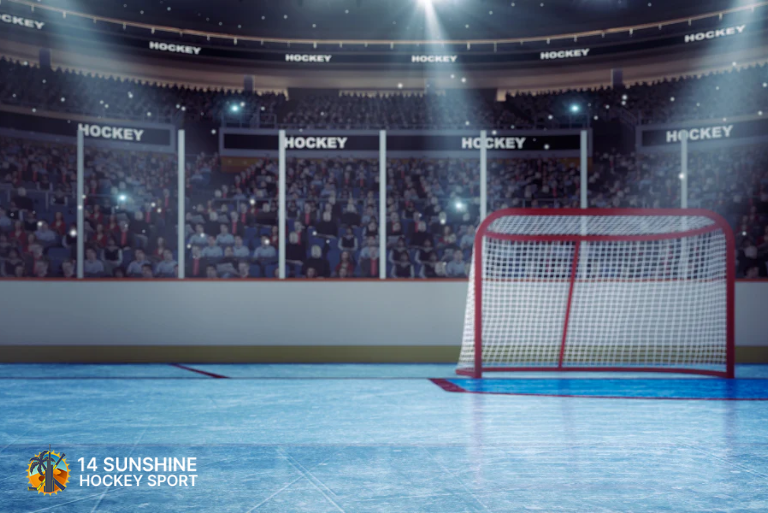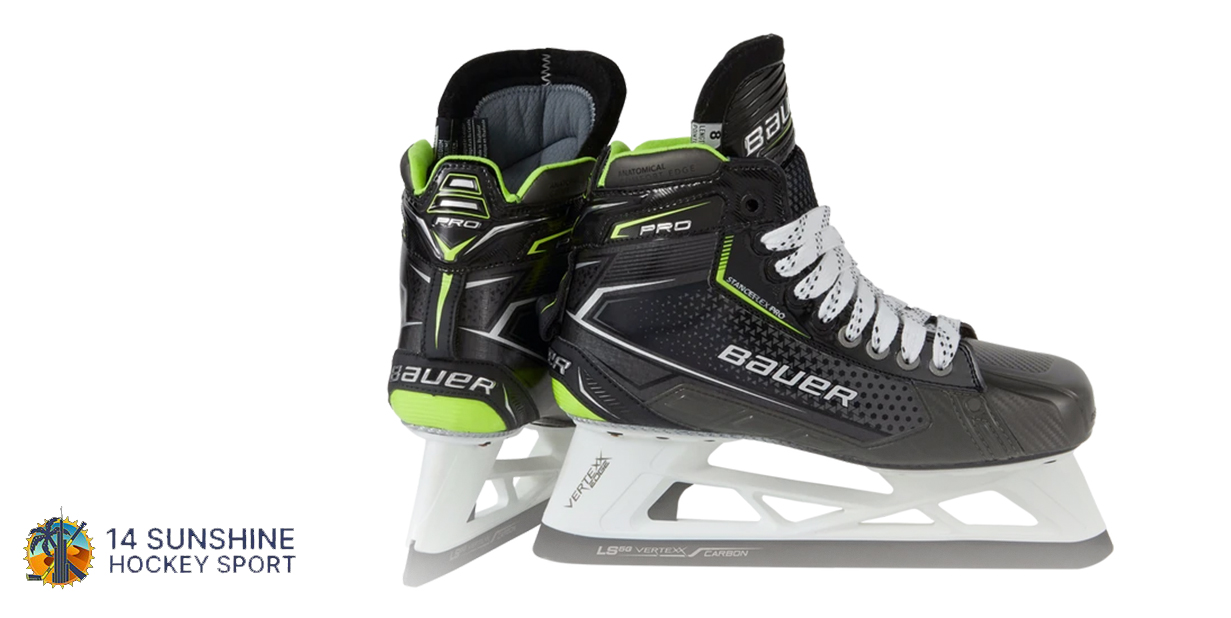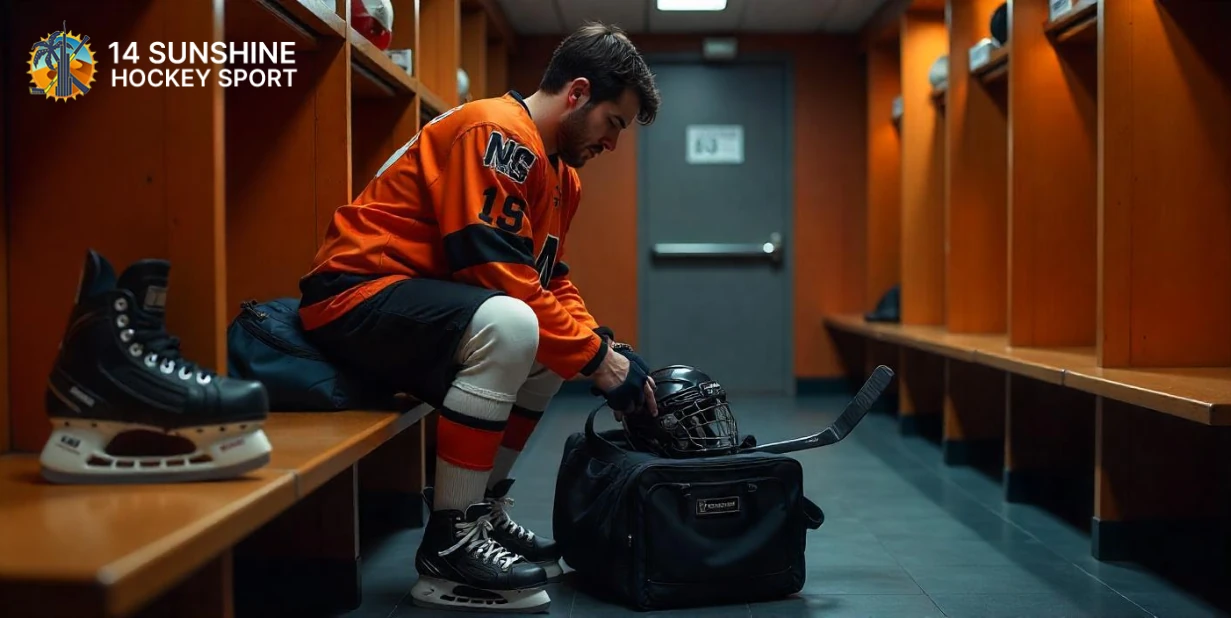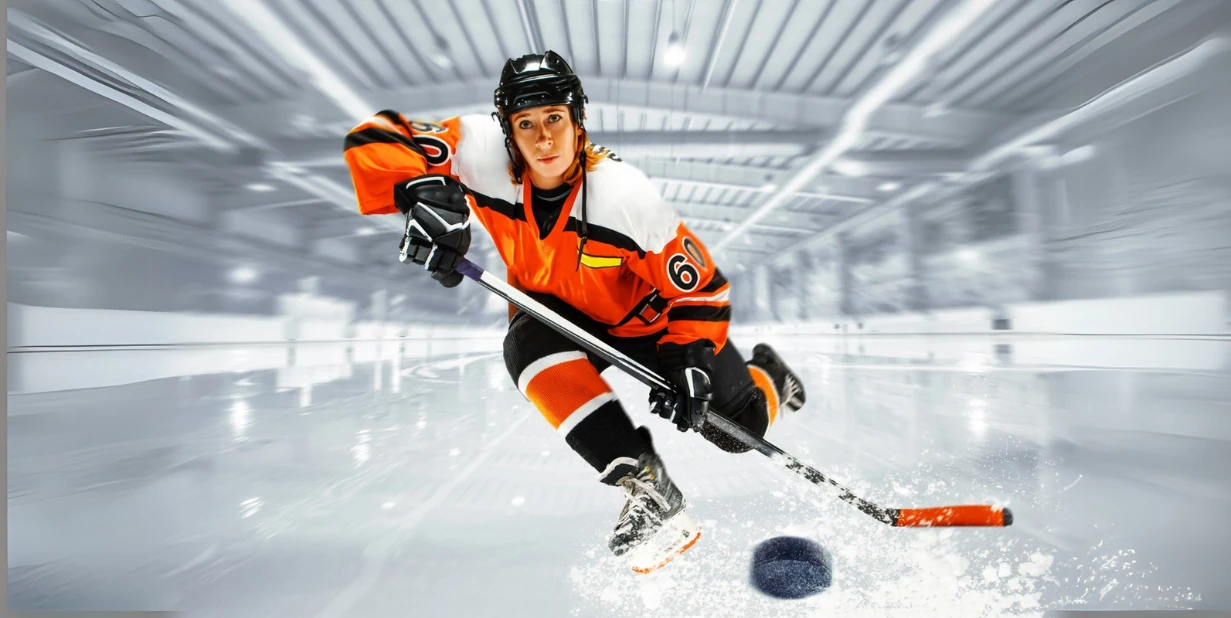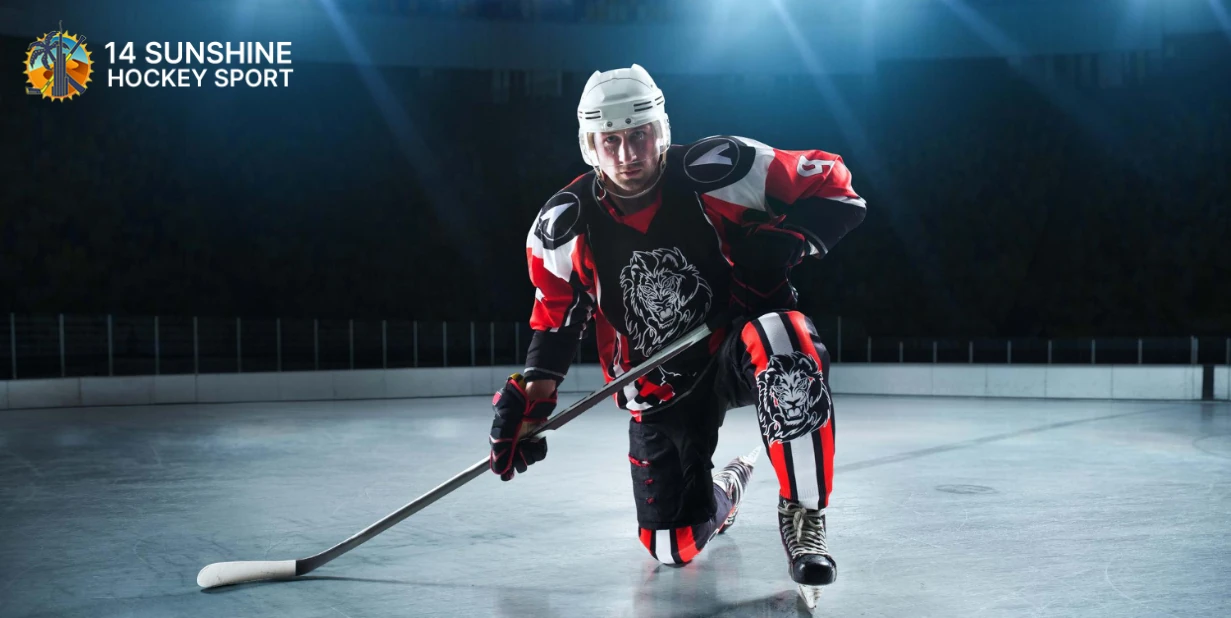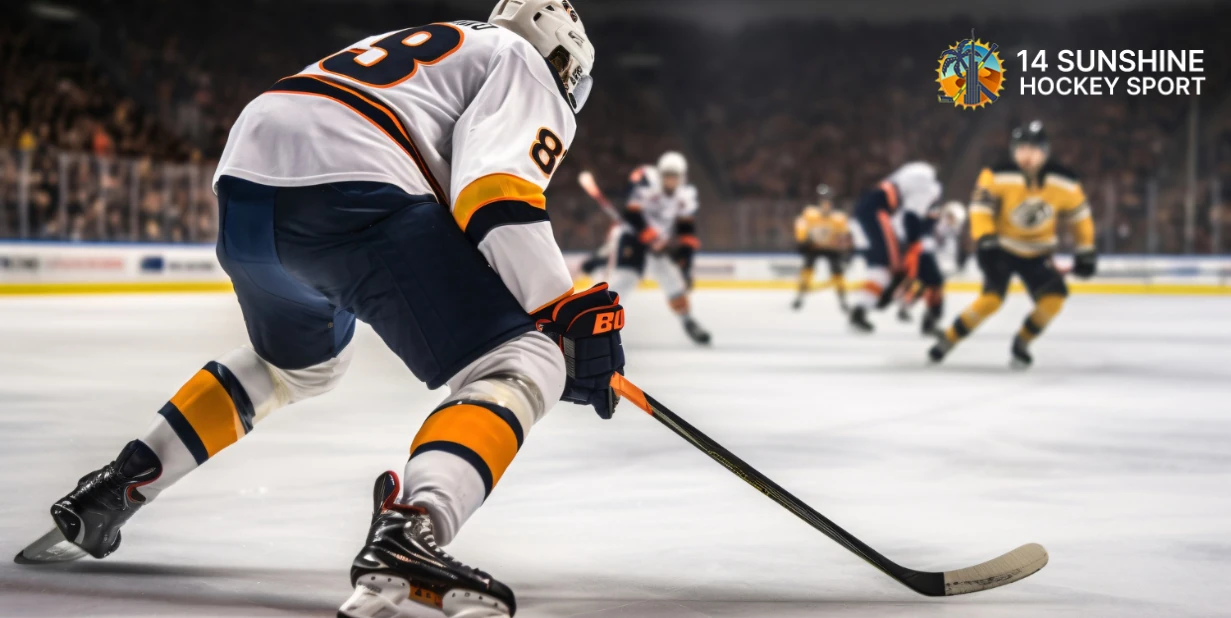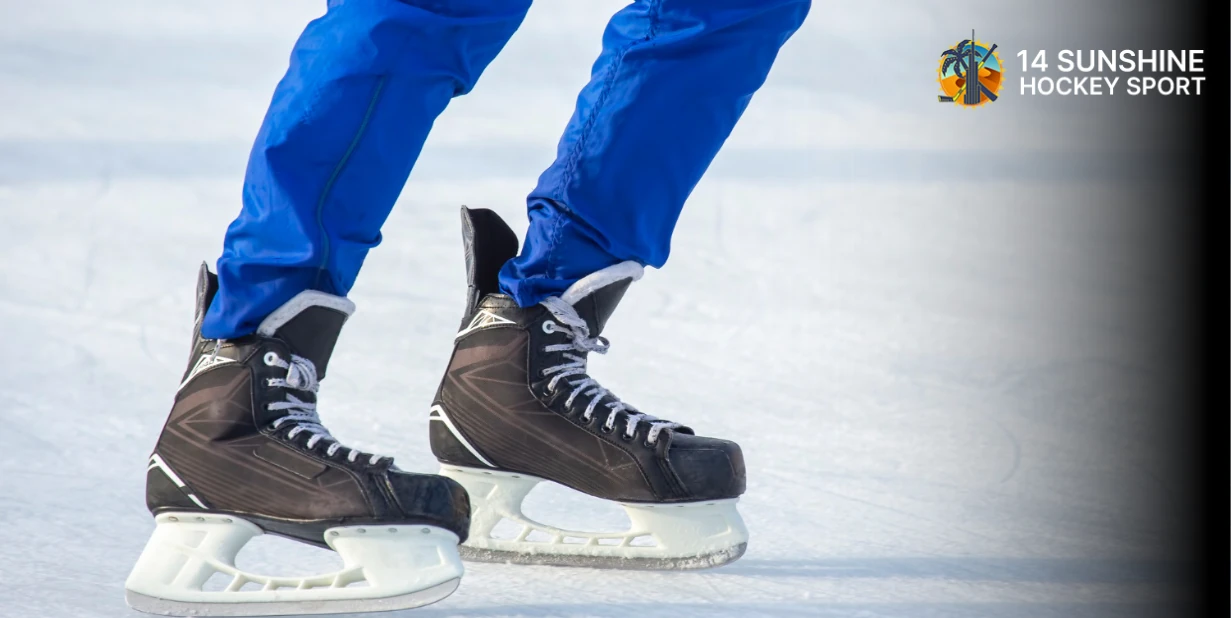Unlocking Performance: The Ultimate Ice Hockey Skate Sizing Guide
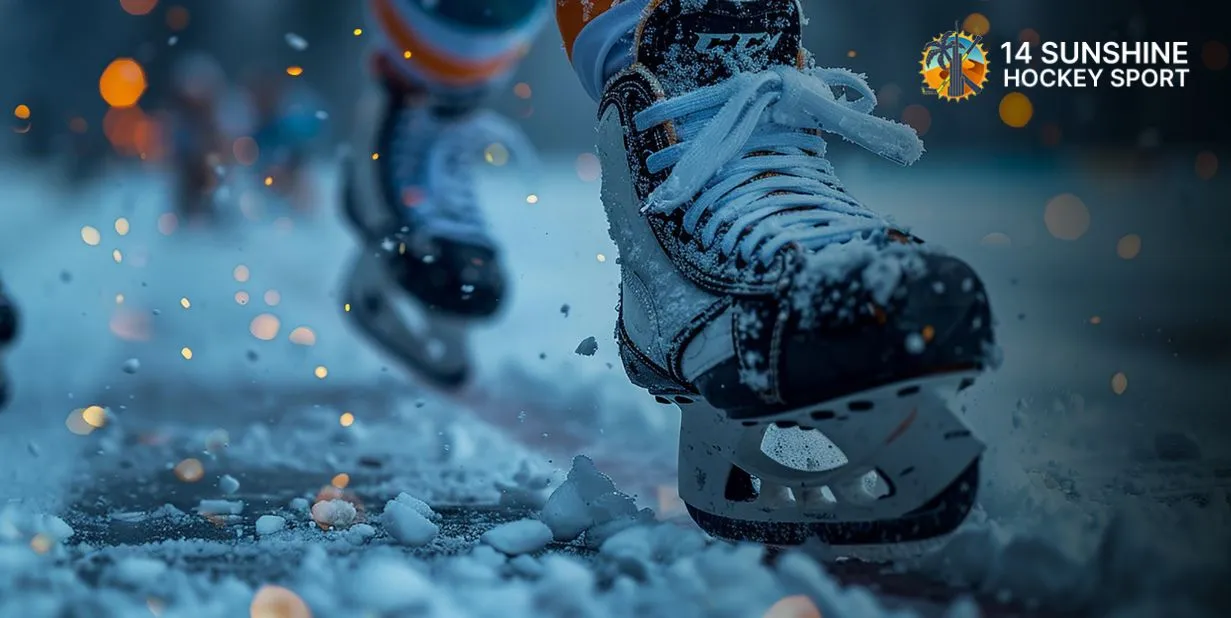
When it comes to excelling on the ice, the right ice hockey skate size can make all the difference. Proper fit is essential for agility, speed, and comfort. Whether you’re a beginner or a seasoned pro, understanding the nuances of ice hockey skate sizing can enhance your performance and help you avoid blisters, discomfort, or injury.
In this guide, we’ll walk you through the essentials of sizing your skates, and explore differences between hockey ice skating shoes and ice hockey goalie skates, along with tips on customizing your fit by learning how to bake ice hockey skates at home.
1. Why Ice Hockey Skate Sizing Is Important
The performance of your ice hockey skate depends on how well they fit your feet. A skate that’s too tight may cause discomfort or limit circulation, while a skate that’s too loose will prevent proper energy transfer from your legs to the ice, compromising speed and balance.
A proper fit ensures:
- Enhanced agility and quick movements.
- Better energy transfer during skating strides.
- Comfort during long periods on the ice.
- Reduced risk of blisters and injuries.
Understanding ice hockey skate sizing is your first step toward unlocking your full potential on the ice.
2. How to Size Your Ice Hockey Skates
Unlike typical shoes, hockey ice skating shoes are designed to fit more snugly, offering better control and precision. Here’s a step-by-step guide to sizing your skates properly:
A. Foot Measurement
Start by measuring the length and width of your foot:
- Length: Measure from your heel to the longest toe while standing. This will give you your skate size, which is typically 1 to 1.5 sizes smaller than your regular shoe size.
- Width: Skates come in varying widths, labeled as narrow (C), regular (D), and wide (EE). Measure the widest part of your foot to ensure a good fit.
B. Fit Testing
When you try on skates:
- Toe Box: Your toes should barely brush the front of the skate without feeling cramped.
- Heel Lock: Your heel should remain securely in place with no slippage during movement.
- Comfort Check: While snug, the skate should feel comfortable, with even pressure around your foot.
3. Differences Between Hockey Skates and Ice Skates
One common question many beginners ask is about the difference between hockey skates and ice skates. The distinction is essential if you’re choosing the right pair for your play style.
Hockey Skates:
- Designed for speed, agility, and quick direction changes.
- Feature shorter blades with curved edges for better maneuverability.
- Offer greater ankle support due to their stiff construction.
Ice Skates:
- Typically used for figure skating and casual skating.
- Have longer blades with a flatter profile, designed for gliding and balance.
- Lack the ankle support necessary for the fast-paced nature of ice hockey.
If your focus is hockey, investing in a proper pair of ice hockey skates is a must for optimum performance on the ice.
4. Understanding Ice Hockey Goalie Skates
Ice hockey goalie skates differ significantly from standard skates due to the unique demands of the goalie position. Unlike players who need to move quickly across the ice, goalies need enhanced stability and protection.
Key Features of Goalie Skates:
- Blade: Goalie skate blades are flatter and wider, providing more surface area to help goalies maintain balance in the crease.
- Boot: The boot of a goalie skate is lower and offers more padding to protect against shots.
- Fit: Goalies require a snug but comfortable fit to maintain mobility while blocking shots.
When choosing goalie skates, the size and comfort of the boot, combined with the blade’s width and length, are essential factors for making saves efficiently.
5. How to Bake Ice Hockey Skates at Home for a Custom Fit
For a truly customized fit, many players opt to bake their ice hockey skates at home. This process softens the skate’s materials, allowing them to mold to the unique shape of your feet. Here’s a step-by-step guide on how to do it safely:
A. Baking Your Skates
- Preheat the Oven: Set your oven to 175°F (80°C).
- Remove the Skates: Take out the footbeds and place your skates on a baking tray.
- Heat the Skates: Place the skates in the oven for 5-7 minutes. Keep a close eye to ensure they don’t overheat.
- Wear the Skates: After heating, wear the skates while seated. Tighten them comfortably and leave them on for 15-20 minutes while they mold to your feet.
- Cool Down: Let the skates cool completely before wearing them on the ice.
B. Why Bake Your Skates?
Baking your skates allows for a more personalized fit, reducing the break-in period and providing maximum comfort from the first time you hit the ice.
6. Ice Hockey Skate Sizing for Different Players
Sizing your skates depends on factors like age, skill level, and position. Here’s a breakdown based on different categories of players:
A. Youth and Beginner Players
Young players or beginners need skates that prioritize comfort and support. Their skates should fit snugly, allowing them to develop proper skating form and confidence. Be sure to use an ice hockey skate sizing chart to match their foot size with the appropriate skate size.
B. Intermediate and Advanced Players
Experienced players typically prefer tighter skates for better control and responsiveness. These players often benefit from customizing their skates through heat molding or adjusting the insoles for extra support.
C. Goalie Skate Sizing
Goalie skate sizing follows the same principle as player skates, but remember to account for the unique demands of the goalie position, such as added protection and balance.
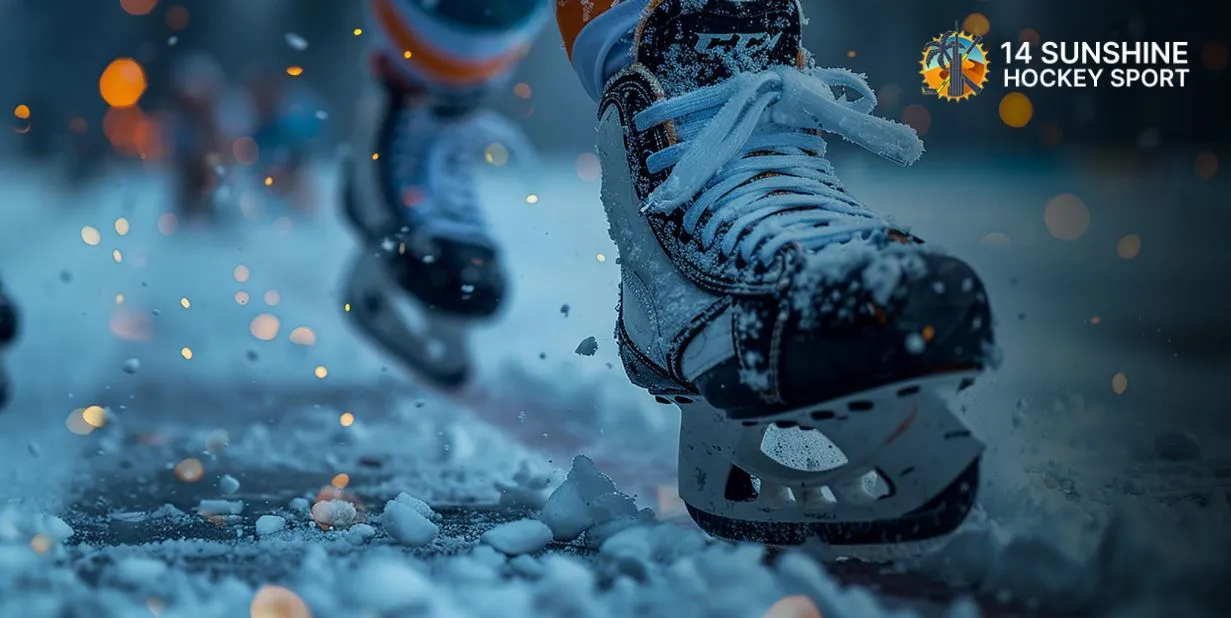
7. Maintaining Your Ice Hockey Skates
Once you’ve chosen the perfect pair of skates, proper maintenance is essential to keep them in top condition:
- Sharpen the Blades Regularly: Dull blades can hinder performance, so be sure to sharpen your skates frequently.
- Dry After Use: Moisture can damage the boot and blades. Always dry your skates thoroughly after each session.
- Store in a Skate Bag: Invest in a quality skate bag to protect your skates from damage during transport.
8. How to Ice Skate Hockey: Mastering the Basics
Once your skates are properly sized, it’s time to hit the ice. Whether you’re learning how to ice skate hockey for the first time or refining your skills, here are a few essential tips:
- Stance: Keep your knees bent and your body low for better balance and control.
- Stride: Push off with the inside edge of your skate blade to generate power.
- Stopping: Practice hockey stops by turning your skates sideways and applying pressure to the blade’s edges.
The better your skate fit, the more confident you’ll feel mastering these basic techniques.
Conclusion
A well-fitted ice hockey skate is crucial for unlocking your full potential on the ice. From understanding the difference between hockey skates and ice skates to customizing your fit by learning how to bake ice hockey skates at home, this guide offers everything you need to make informed decisions about your skates. Whether you’re sizing up as a beginner or looking to enhance your performance with goalie skates, the right fit will elevate your game and keep you skating with confidence.
By paying attention to skate sizing, fit, and maintenance, you’ll set yourself up for success every time you lace up your skates.

